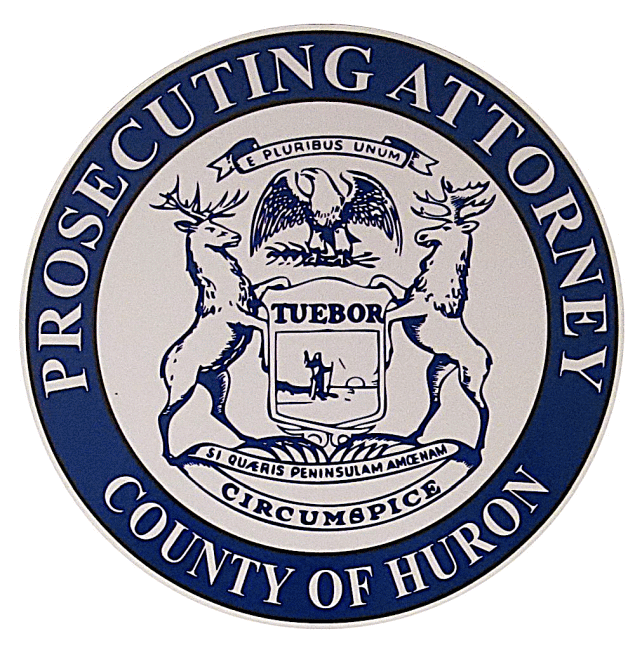Surgeon General’s Report on Alcohol, Drugs, and Health
The following is taken from the Surgeon General's Report on Alcohol, Drugs, and Health.
Executive Summary
In 2015, over 27 million people in the United States reported current use of illicit drugs or misuse of prescription drugs, and over 66 million people (nearly a quarter of the adult and adolescent population) reported binge drinking in the past month. Alcohol and drug misuse and related disorders are major public health challenges that are taking an enormous toll on individuals, families, and society. Neighborhoods and communities as a whole are also suffering as a result of alcohol- and drug-related crime and violence, abuse and neglect of children, and the increased costs of health care associated with substance misuse. It is estimated that the yearly economic impact of substance misuse is $249 billion for alcohol misuse and $193 billion for illicit drug use.
Despite the social and economic costs, this is a time of great opportunity. Ongoing health care and criminal justice reform efforts, as well as advances in clinical, research, and information technologies are creating new opportunities for increased access to effective prevention and treatment services. The Surgeon General’s Report reflects his commitment to leverage these opportunities to drive improvements in individual and public health related to substance misuse, use disorder, and related health consequences.
Most Americans know someone with a substance use disorder, and many know someone who has lost or nearly lost a family member as a consequence of substance misuse. Yet, at the same time, few other medical conditions are surrounded by as much shame and misunderstanding as substance use disorders. Historically, our society has treated addiction and misuse of alcohol and drugs as symptoms of moral weakness or as a willful rejection of societal norms, and these problems have been addressed primarily through the criminal justice system. Our health care system has not given the same level of attention to substance use disorders as it has to other health concerns that affect similar numbers of people. Substance use disorder treatment in the United States remains largely segregated from the rest of health care and serves only a fraction of those in need of treatment. Only about 10 percent of people with a substance use disorder receive any type of specialty treatment. Further, over 40 percent of people with a substance use disorder also have a mental health condition, yet fewer than half (48.0 percent) receive treatment for either disorder.
Many factors contribute to this “treatment gap,” including the inability to access or afford care, fear of shame and discrimination, and lack of screening for substance misuse and substance use disorders in general health care settings. Further, about 40 percent of individuals who know they have an alcohol or drug problem are not ready to stop using, and many others simply feel they do not have a problem or a need for treatment—which may partly be a consequence of the neurobiological changes that profoundly affect the judgment, motivation, and priorities of a person with a substance use disorder.
Reasons for Hope and Optimism
The problem of alcohol and drug misuse in the United States is serious and pervasive. However, despite the challenges described above, this is also a time of great hope and opportunity:
- Research on alcohol and drug use, and addiction, has led to an increase of knowledge and to one clear conclusion: Addiction to alcohol or drugs is a chronic but treatable brain disease that requires medical intervention, not moral judgment.
- Policies and programs have been developed that are effective in preventing alcohol and drug misuse and reducing its negative effects.
- Effective treatments for substance use disorders are available. Evidence-based treatments—both medications and behavioral therapies—can save lives and restore people’s health, well-being, and functioning, as well as reduce the spread of infectious disease and lessen other consequences.
- Support services such as mutual aid groups (e.g., Alcoholics Anonymous), recovery housing, and recovery coaches are increasingly available to help people in the long and often difficult task of maintaining recovery after treatment.
- Health care reform efforts are creating new opportunities to increase access to prevention and treatment services to improve public health. Health insurers that participate in the new Health Care Marketplace must now cover costs related to mental health and substance use disorder services, including behavioral health treatment, and may not apply limitations on those benefits that are more restrictive than limitations applied on the benefits for medical and surgical services. Other incentives are encouraging general health systems to control costs, improve outcomes, and reduce readmissions by addressing patients’ substance use. Transformations in the health care landscape are supporting integration of substance use disorder treatment with general health care in ways that will better address the needs of the millions of people suffering from these disorders.
- The criminal justice system is engaged in efforts to place non-violent drug offenders in treatment instead of jail, to improve the delivery of evidence-based treatment for incarcerated persons, and to coordinate care in the community when inmates are released.
Together, these changes are leading to a new landscape of care for alcohol and drug misuse problems in America, and to new hope for millions of people who suffer from them.
To read the full Surgeon General’s report, click here.





